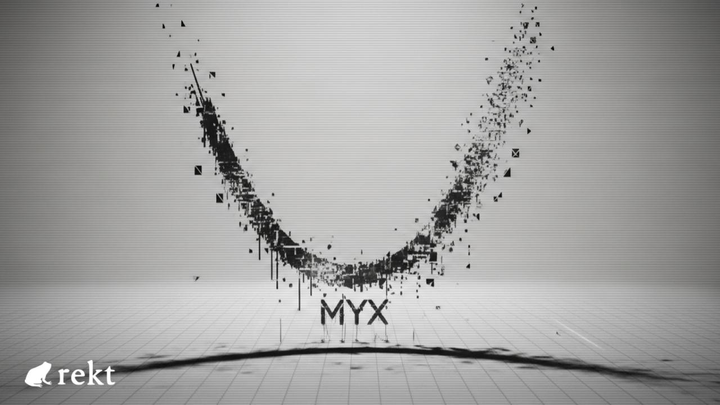DeFi Platforms Fight Scams with Real-Time Token Risk Detection

Source: DeFi platforms embrace proactive token risk detection amid rising scams | CoinTelegraph
The Web3 sector is grappling with a surge in scams and fraudulent tokens. In 2024 alone, the FBI has reported that losses related to crypto fraud in the United States have hit a staggering $9.3 billion. Attackers are leveraging sophisticated approaches such as smart contract exploits and fake token airdrops, snaring even experienced traders.
Common Scam Types
- Honeypot tokens: These lure investors with promises of high returns but block withdrawals once funds are invested.
- Token impersonation: Fraudsters create near-identical copies of popular tokens (e.g., spoofing stablecoins like Tether USDT) and distribute them from fake addresses. This practice can enable “address-poisoning” attacks, warned by the FBI.
- Approximately 43% of new scams involve rug pulls, and a third exploit the honeypot scheme - making the Web3 space a risky environment for users.
Security Built Into Protocols: The 1inch & Web3 Antivirus Partnership
To counter these threats, some projects are embedding security measures directly into their platforms rather than relying solely on users’ caution.
- 1inch, a DeFi aggregator, announced a partnership with Web3 Antivirus (W3A) to incorporate continuous, real-time security scanning into its platform.

- W3A’s engine evaluates every smart contract and address that a 1inch user interacts with, scoring their risk and flagging suspicious activity before any transaction is confirmed.
- If a user attempts to engage with a risky token, an immediate alert warns them - helping prevent common traps like impersonated tokens or honeypots.
Seamless and Speedy Integration
- W3A’s software development kit (SDK) and application programming interface (API) can be integrated into a decentralized exchange (DEX) or wallet in under two hours.
- 1inch offers its users full-time threat detection without impacting the platform’s speed or user interface.
- This security feature extends across all Ethereum Virtual Machine (EVM)-compatible chains supported by 1inch, including Ethereum, Base, and Unichain - providing consistent protection regardless of where users trade.
What Does the Scanner Detect?
Web3 Antivirus acts like an automated security guard, watching for:
- Honeypot contracts: Detected by simulating buy and sell trades to catch traps.
- Fake or cloned tokens: Cross-referenced against known genuine tokens to weed out impersonations.
- Rug pull code patterns: Flags contracts with permissions allowing unlimited token minting or liquidity draining.
- Predatory fees: Identifies tokens with excessive taxes or hidden commissions funneling value to developers.
- Blacklisted and sanctioned wallets: Automatically spots addresses linked to hacks or prohibited by regulators (e.g., OFAC).
Because the scanner checks each transaction at signing time, many scams are stopped before funds can be lost.
Industry-Wide Trend: Security as Core Infrastructure
The collaboration between 1inch and W3A highlights a growing movement in DeFi: treating threat detection as a fundamental platform layer.
- W3A offers this technology broadly, providing APIs, SDKs, and the Scam Pulse dashboard - a real-time tracker for the latest scams, phishing, and malicious token activities.
- Early alerts from tools like these often precede widespread scam outbreaks by days, giving platforms crucial time to react.
- Embedding these safeguards protects not just users but helps services maintain trust and comply with regulatory requirements.
Conclusion
Real-time, automatic security checks are becoming a must-have for Web3 applications. Instead of relying on users to spot scams or investigating hacks after the fact, leading platforms are integrating protection directly into the user experience.
The 1inch and Web3 Antivirus partnership sets a strong example of how silent, instant, and continuous scam detection can help users safely navigate the growing complexities and risks of DeFi.


